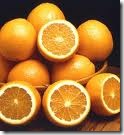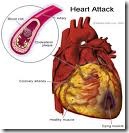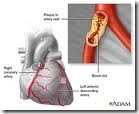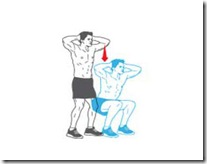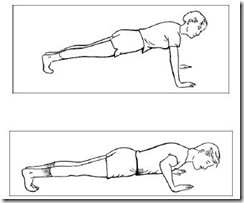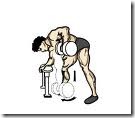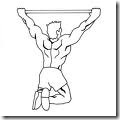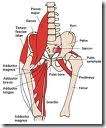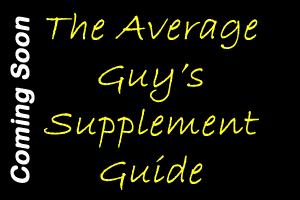I rarely drink fruit juice except on the odd occasion when we are out for a special brunch and then I may have a glass or orange or my favourite – grapefruit juice. But, we should keep in mind that fruit juices are not the best
source of getting our nutrition. Fruit juices are basically empty calories loaded with sugars. The best way to enjoy your fruit is still whole and not juiced. Let's compare fruit juice (orange) to the whole orange. Information provided via www.sparkpeople.com
Calories in Tropicana Orange Juice – Serving Size: 1 serving
Calories 110.0
Total Fat 0.0 g
Cholesterol 0.0 mg
Sodium 0.0 mg
Potassium 450.0 mg
Total Carbohydrate 26.0 g
Dietary Fiber 0.0 g
Sugars 22.0 g
Protein 2.0 g Vitamin A 0.0 % Vitamin B-12 0.0 %
Vitamin B-6 6.0 % Vitamin C 120.0 % Vitamin D 0.0 % Folate 15.0 % Iron 0.0 % Magnesium 6.0 %
Manganese 0.0 % Niacin 4.0 % Pantothenic Acid 0.0 % Thiamin 10.0 % Zinc 0.0 %
Now, let's compare a whole orange:
Calories: 62
Total Fat: 0.2 g Total Carbohydrates: 15.4g
Cholesterol 0 g Fiber: 3.1 g
Sodium 0 g Sugar: 12.2 g
Protein 1.2 g
Vitamin A – 6% of RDA Calcium: 5% of RDA Iron: 1% of RDA Vitamin C: 116% of RDA
As you can see, the benefits of eating the whole orange as opposed to the juice are:
1) reduced overall calories
2) reduced calories from sugar
3) increase in Protein, Fiber
4) increase in Vitamin A, Iron, Calcium and Vitamin C
This is just a quick overview of juice vs whole fruit. The odd glass of juice is not a worry, but try not to make a habit of getting your fruit nutrition in the form of juice – enjoy the whole fruit.
Till next time,
Narina

